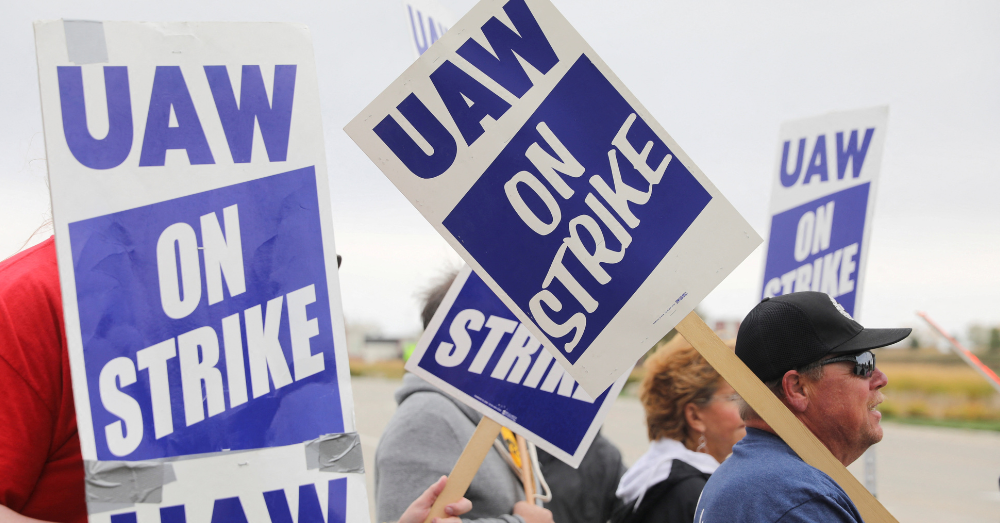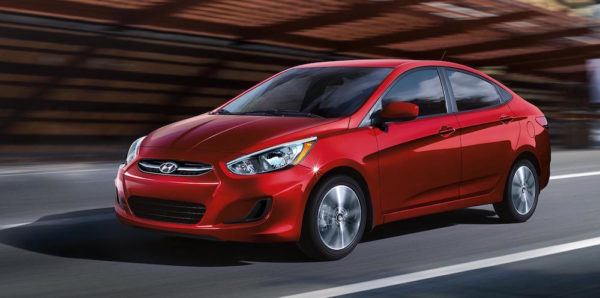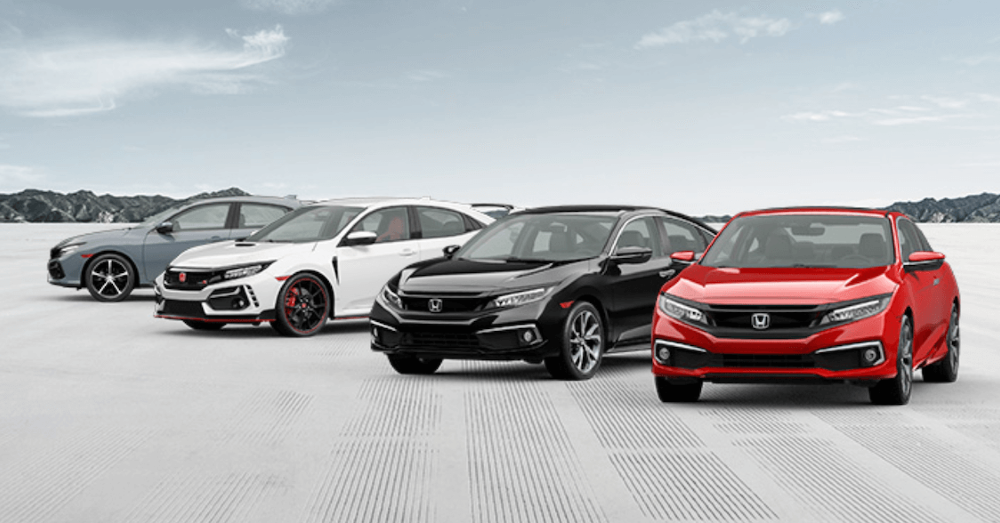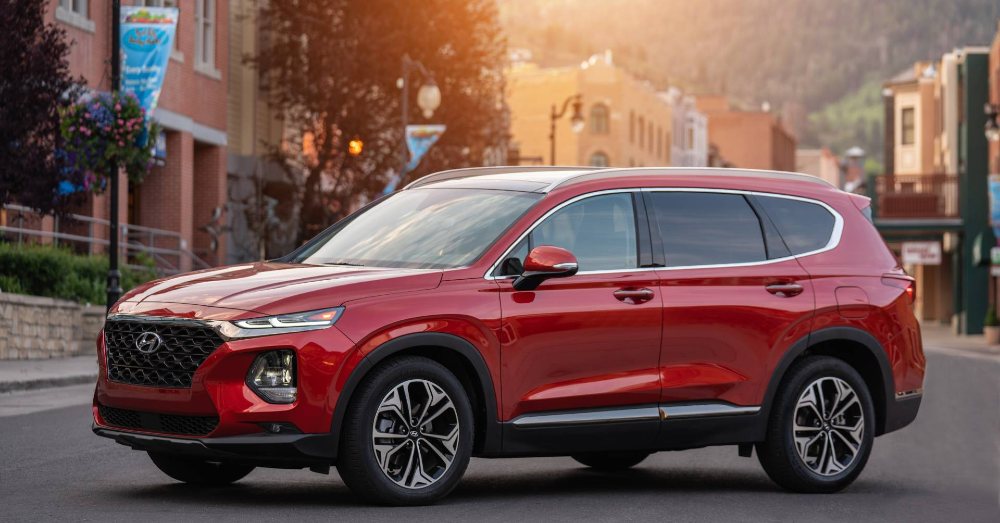The United Auto Workers Union strike may be over, but what happens now? The strike was all about fair wages and benefits for the thousands of workers at Ford, GM, and Stellantis plants, and with significant concessions from the Big Three, the workers will now get paid what they are worth. But what does this mean for car buyers when they head to car dealerships in the future?
What Did the Union Workers Win?
The tentative deal raised wages for many workers by 11% right now and up to 25% in the next four years before the contract ends. It also includes a cost-of-living adjustment to help protect the workers from inflation by giving them additional raises based on the government’s annual reading of inflation. The contract with GM restricts the use of temporary workers who will work for lower pay and increased pension benefits, and the UAW also won increased pay for veteran workers. If the contract is ratified, the union will have the right to strike against future factory closures.
Will the Win Affect Other Companies in the Auto Industry?
It’s hard to find good help these days, no matter what the industry, but the skilled labor needed in auto manufacturing is particularly tight. The big wage increase could not only make working for one of these union automakers more attractive, but it could also mean wage increases for the workers at other companies. If they don’t get what they want for a salary, they know they could go elsewhere to get it.
The United Autoworkers Bump
As a direct result of the UAW’s strike and win, other non-union automakers are raising wages for their employees. In the weeks since the win, Honda, Toyota, and Hyundai have announced pay raises for their U.S.-based factory workers. Hyundai announced they will give their workers a 25% bump over the next four years, and Toyota and Honda are raising wages by 9% and 11%.
What Does the Win Mean for Car Prices?
If you happen to be in the market for a new car, you might think that you, as the consumer, will end up paying the price for the added costs the car manufacturers will face if and when the contract is ratified. But this is not necessarily the case. In fact, there’s a good chance that if you go to car dealerships to shop for a new car, they won’t be any more expensive.
Why is this? Well, there are a few reasons. First, the price of cars is based on supply and demand. The cost to produce the vehicles is only one small part of it. Second, automakers have plenty of other places where they can cut corners to cover their extra expenses while maintaining the pre-strike prices.
The Bottom Line
While it’s still not exactly clear what will happen to new car prices in the near future, many experts believe that car buyers don’t have a whole to worry about if they’re concerned about rising prices. Car dealerships will have plenty of inventory to sell, which will make it difficult to make any price hikes stick.
This post may contain affiliate links. Meaning a commission is given should you decide to make a purchase through these links, at no cost to you. All products shown are researched and tested to give an accurate review for you.




